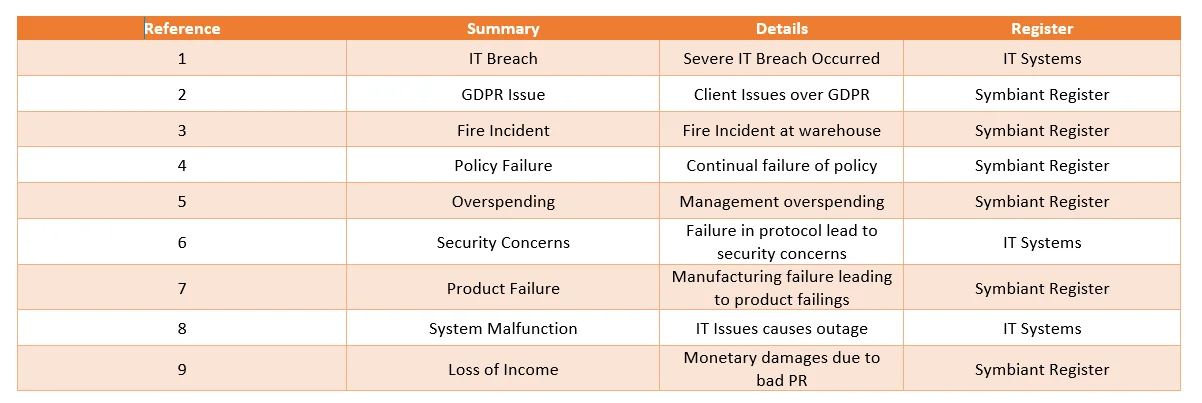How to create an advanced word report with functions to output system data
Accessing Reports #
Navigate to Setup by selecting the spanner at the bottom left.

Select Reports,
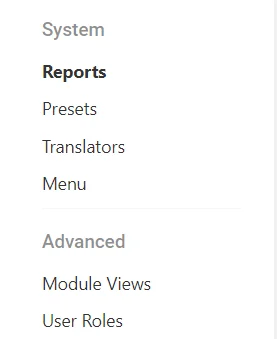
Select the plus icon to create a new report,

Report Details #
First select which Module we want the report to pull data from, for example, Register Risks, Controls, Incidents, Workshops etc.
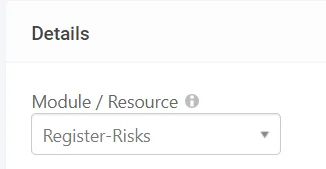
Name the report,

Report Type #
Select the Type of report, in this example Word (.docx)
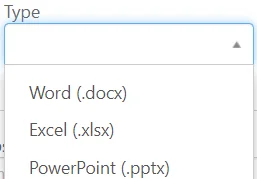
Report Assignment #
Next, we need to assign who can see/generate this report, you can select specific Users, Roles and Divisions, for our example we will allow Admin and Risk Admin users to access,

Configuring the Report #
On the right-hand side, under Preferences, you can configure your report,
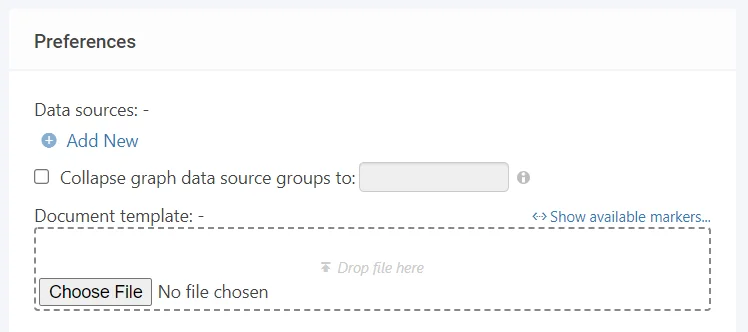
Data Source Selection #
First, you need to configure a Data Source, there are three distinct types of Data Sources,
For our example, we shall be using a Graph-based structure,
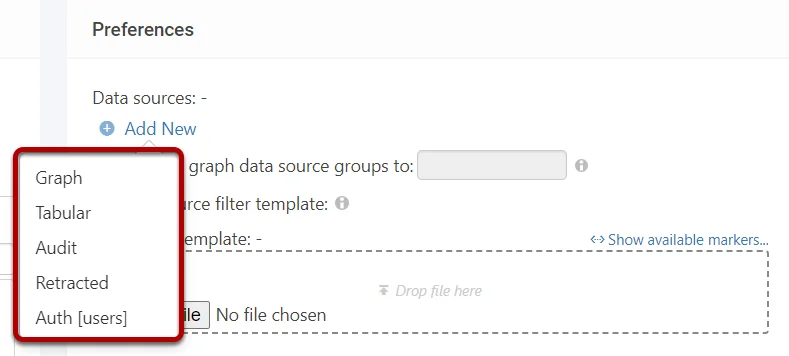
Graph – Pulls a graph-based data structure with entity relationships and allows for the nested selection of attributes. The most common use!
Tabular – Pulls a flat data structure, where each column represents one value, (Like in excel)
Audit – Pulls an Audit data structure used to retrieve historical data about record change history.
Retracted – Pulls a Retracted Record structure used to retrieve a list of any records within a module that were deleted (Archived)
Auth [Users] – Pulls an entire list of all User details, Roles, Divisions etc.
Configuring the Data Source #
Name the Data Source, and ensure a good naming convention here! In our example, as we are pulling the Risk Details we will just name it RD,
Next, select the Configure option,

The data source configuration screen shall be shown, here is a list of all attributes we could pull into our report,
Note: To make this easier to read select the Translate option at the top right!
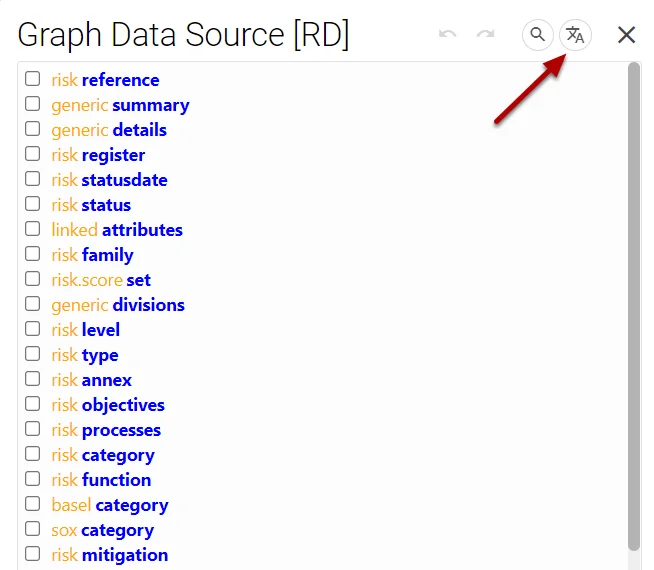
Next tick which attributes you want to have pulled into your report, drop downs and nested items such as the Risk Register, will need their Root Attribute and Text value selecting,
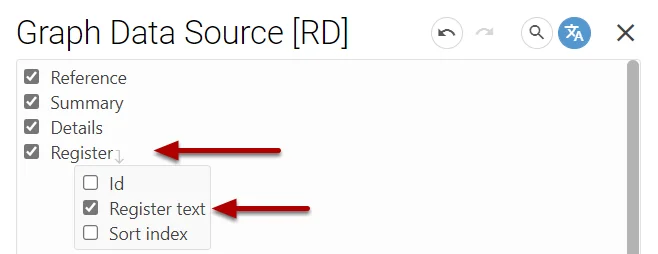
Once you have finished selecting the attribute you want to use, select the OK at the bottom right,
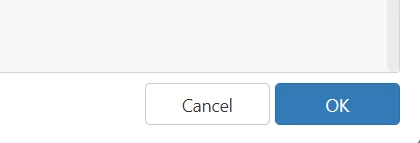
Tag Generation #
When attributes are selected within a Data Source, Tags get created, you need these for the word template, to access these select, Show Available Markers,
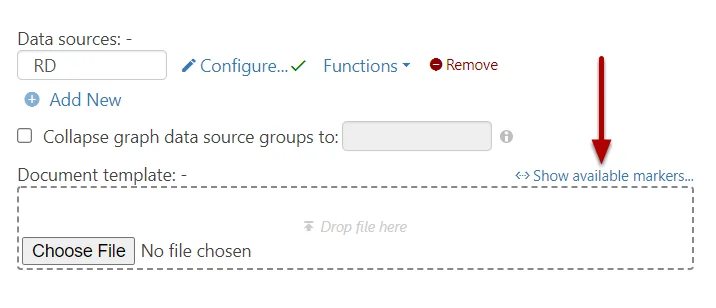
All the tags will be listed here,
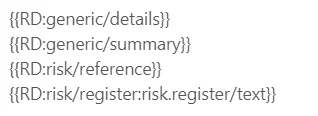
Template #
Within Microsoft Word, create a template, this can be in any design, layout and style you wish,

Copy and paste the Tags generated by the system into your template, as shown below,

Uploading the Template #
Once your template is created, navigate back to the system. Select the Choose File option and select your template,

Now your template is uploaded, and the Data Source has been configured the report is ready!
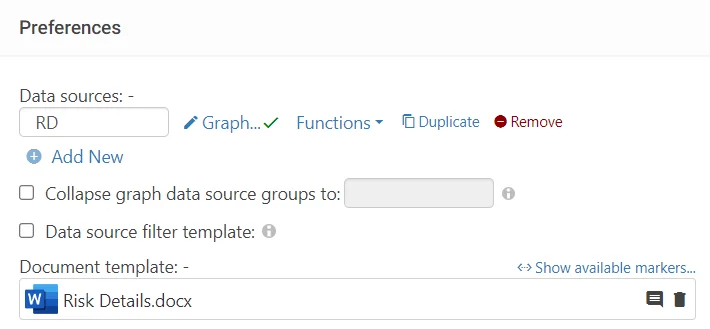
Adding Functions #
Select the Function option on the data source,

There are many functions we can add to this report, we will explore a few of the most commonly used.
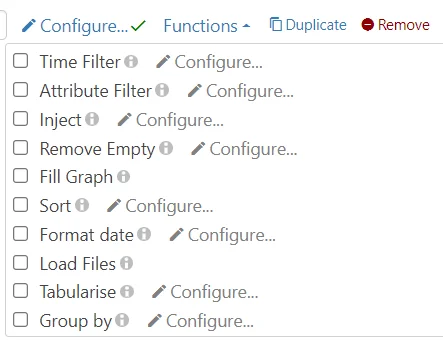
Filtering #
Ticking Attribute Filter and then selecting configure,
![]()
We can add filtering directly into the report, when generated it will always have these filters applied, great if you only ever want to see records in a report that have a certain value.
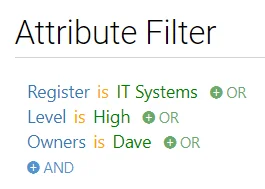
(In addition to any user set filters on the reports screen)
Advanced Filtering #
When trying to filter Dynamic fields, such as DFA, an advanced filter will need to be used.
To open this filter, click the box next to ‘Data source filter template’, a text box will then appear below.
In this text box, a rule can be placed that will filter a field that does not appear in the Attribute Filter.
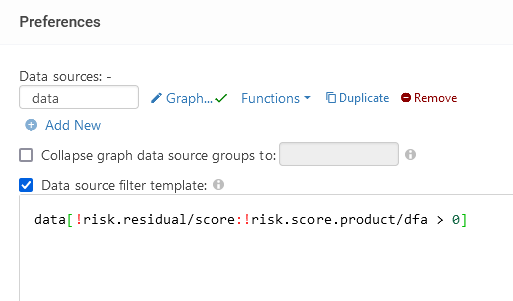
(For instance, in the above image, ‘!risk.residual/score:!risk.score.product/dfa’ will be filtered so that only Risks with a DFA of over 0 will be pulled from the data).
For Dynamic fields to generate, ensure all of the appropriate Data Fields are enabled in the Data Graph.
Sorting #
Ticking Sort and then selecting configure,
![]()
We can add sorting directly into the report rather than relying on the template, we can sort by two attributes with either Ascending or Descending options.
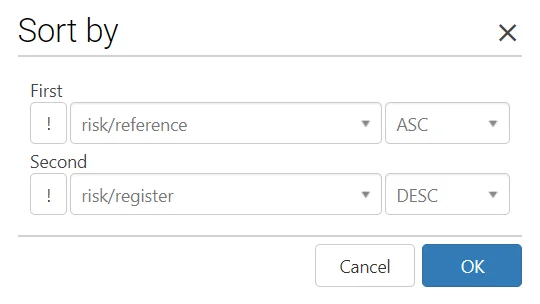
Format Date #
Ticking Format Date and then selecting configure,
![]()
We can state what format dates will be output into the report, rather than relying on the template. (This example would output 02 March 2022 )
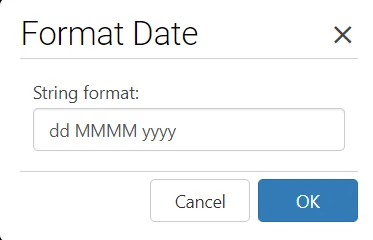
(Great for word reports)
When finished adding functions ensure you save the report at the top right.

Generating the Report #
Exit Set Up mode from the bottom left,
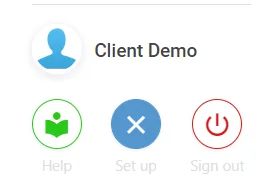
Select Reports,
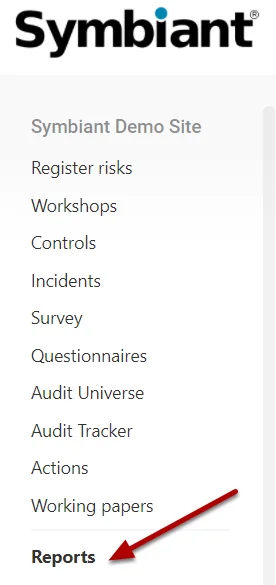
Find your report and select Generate!
![]()
Report Output #
Your report should generate and the data will automatically be loaded in with any functions applied resulting in the manipulation of data.
